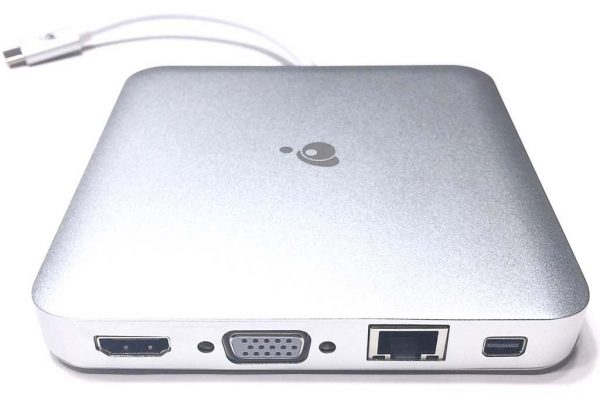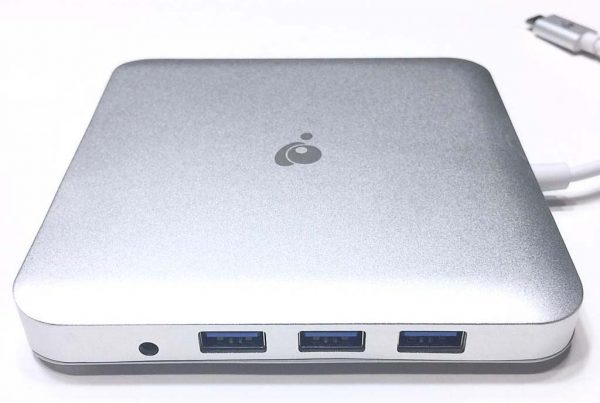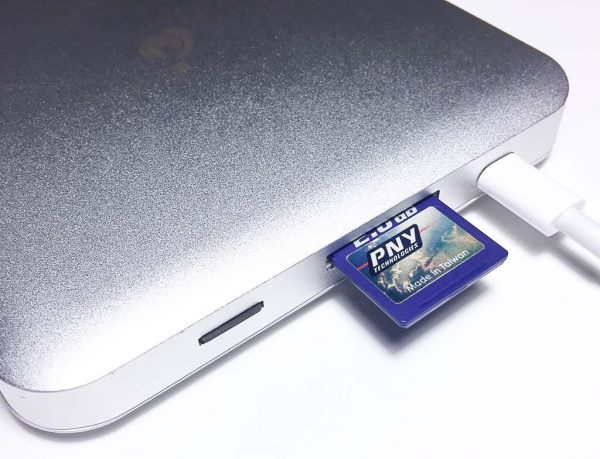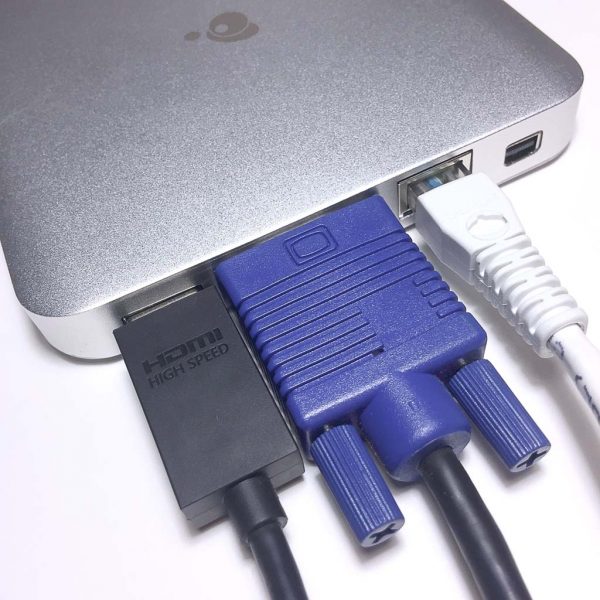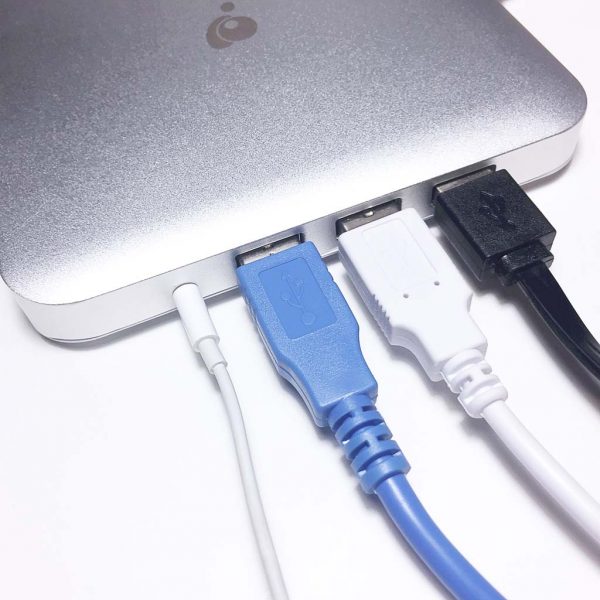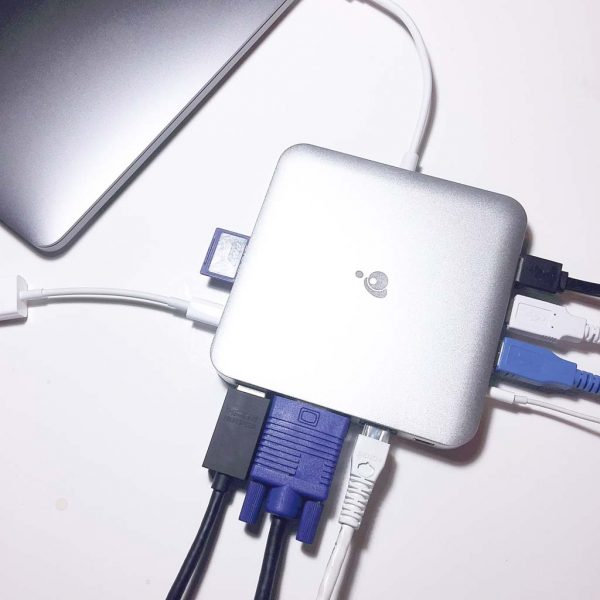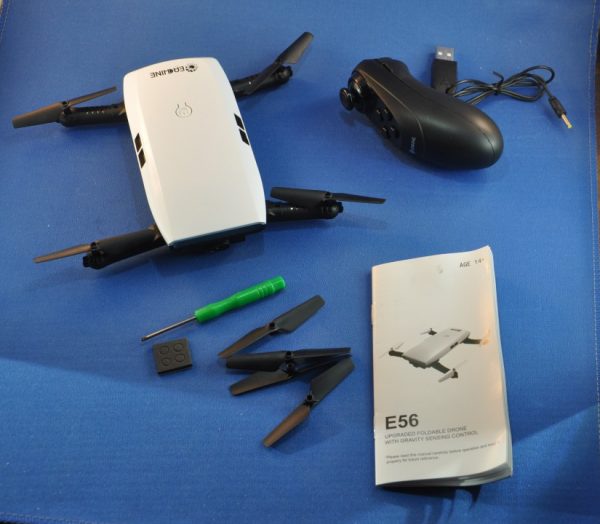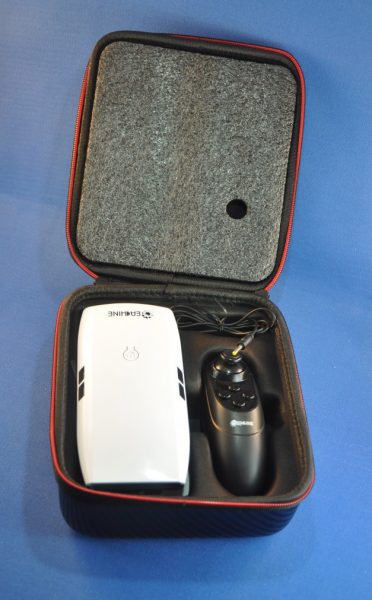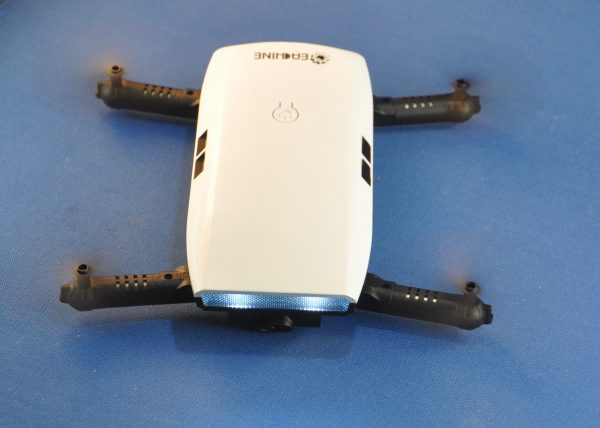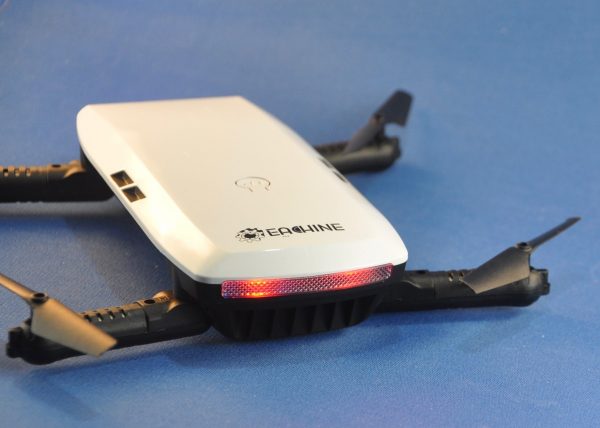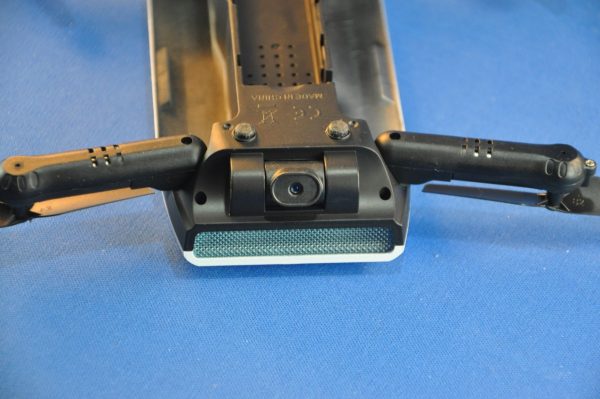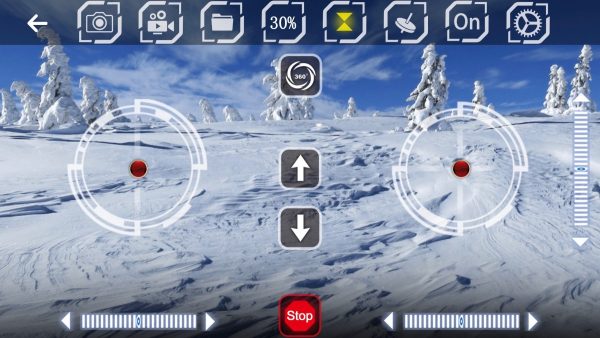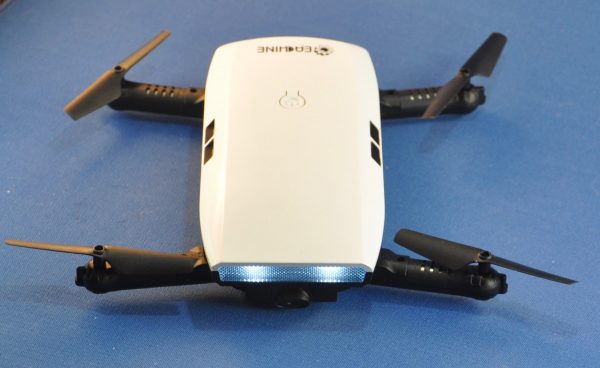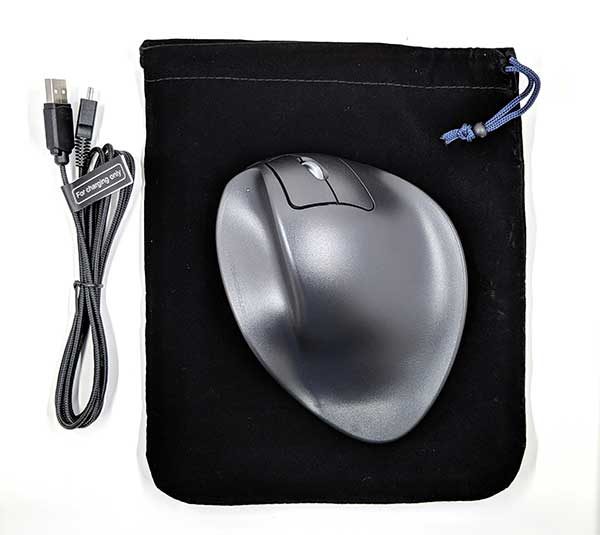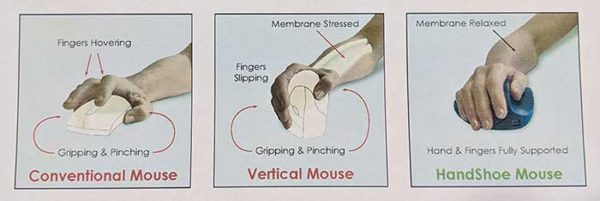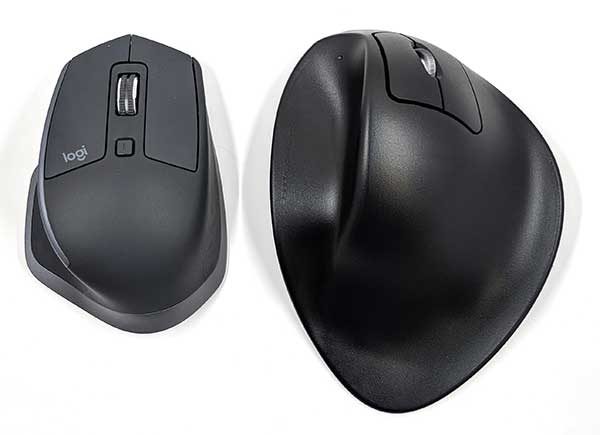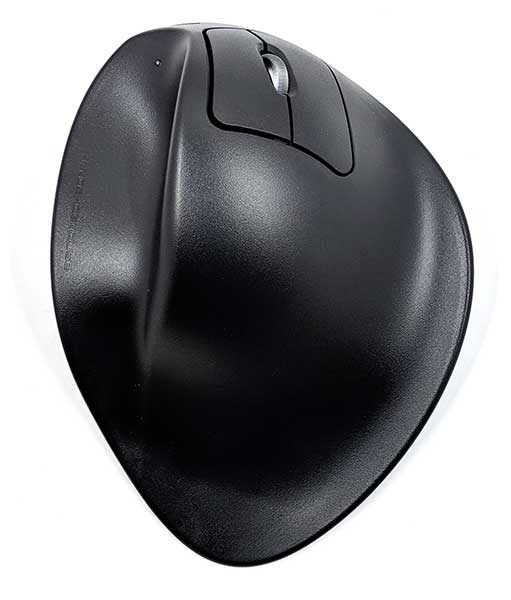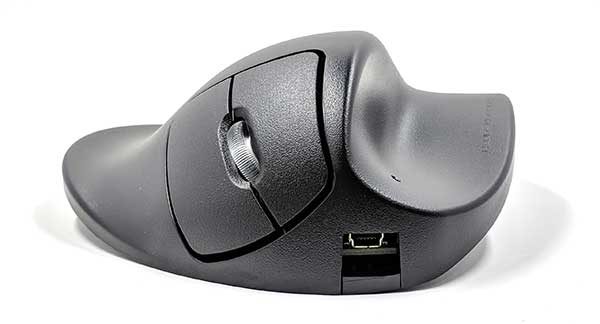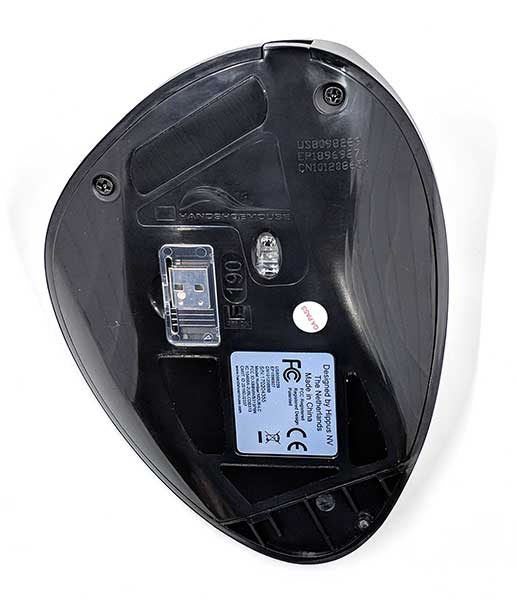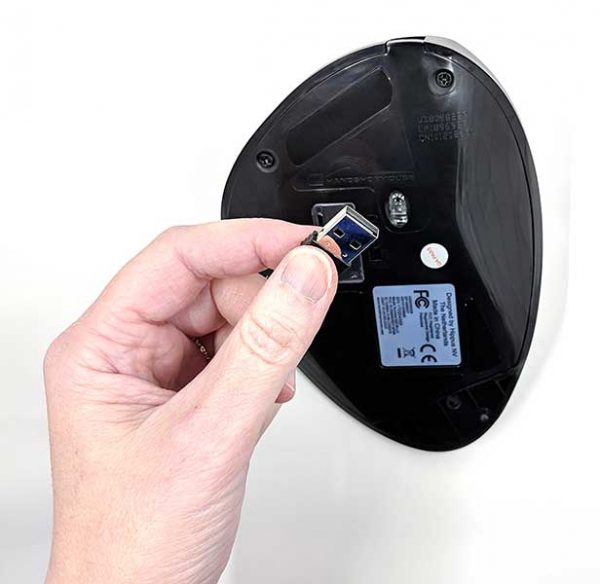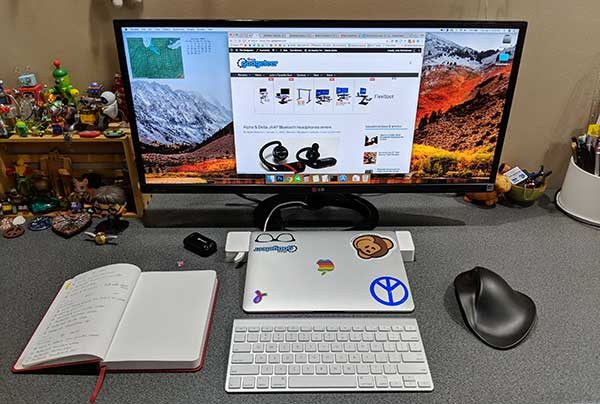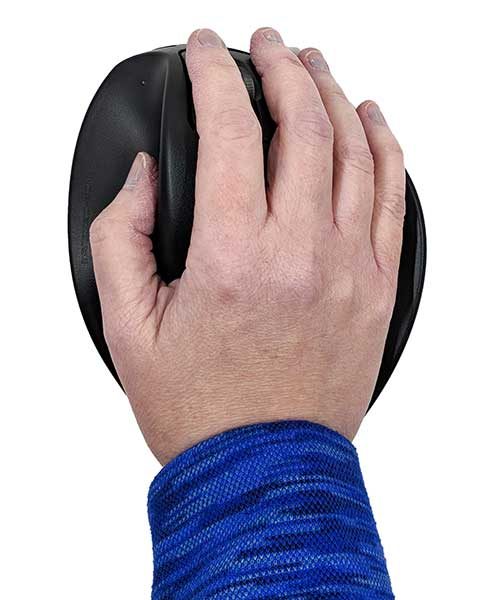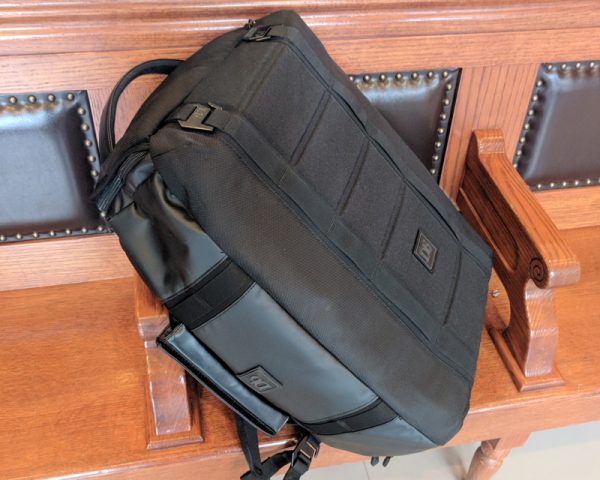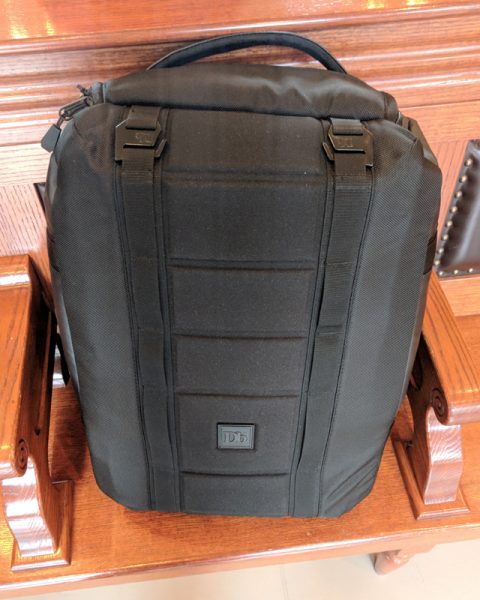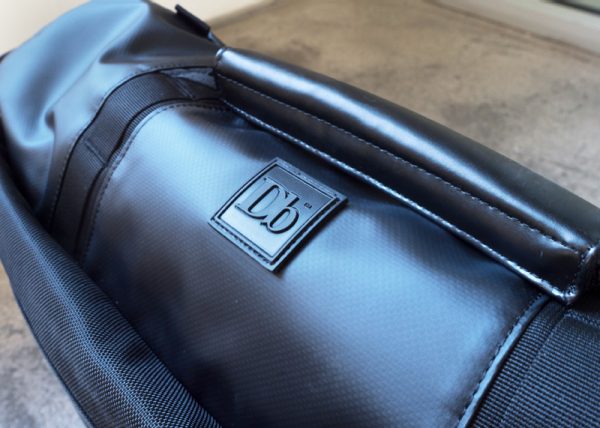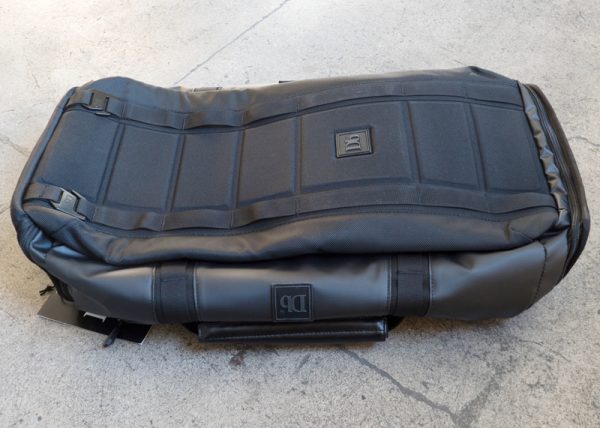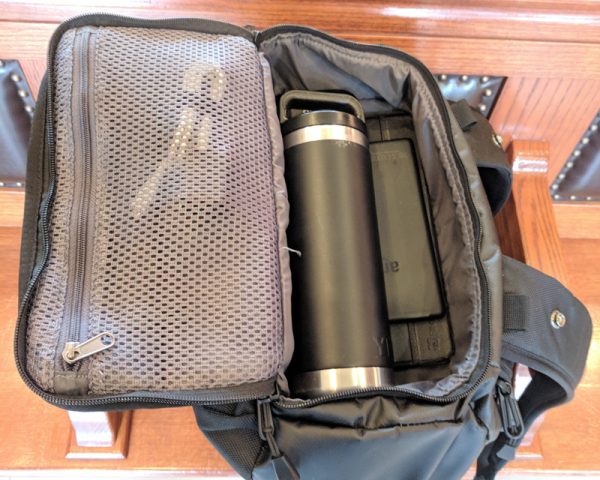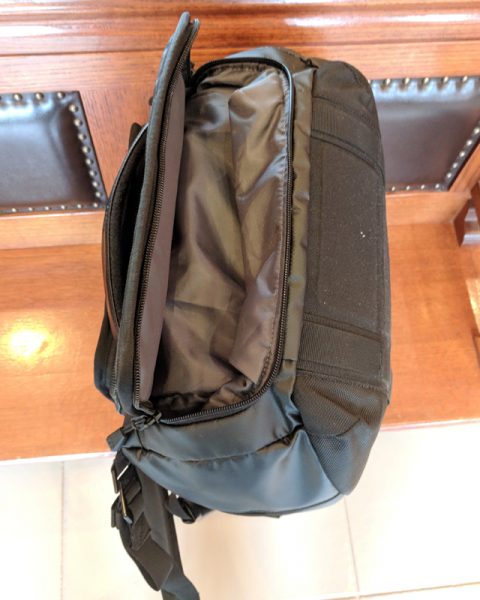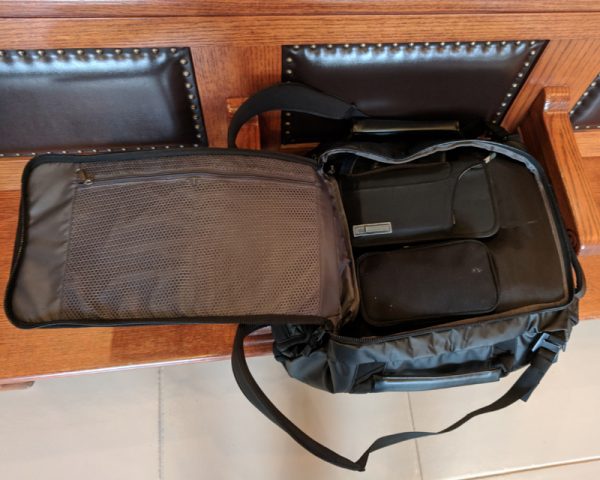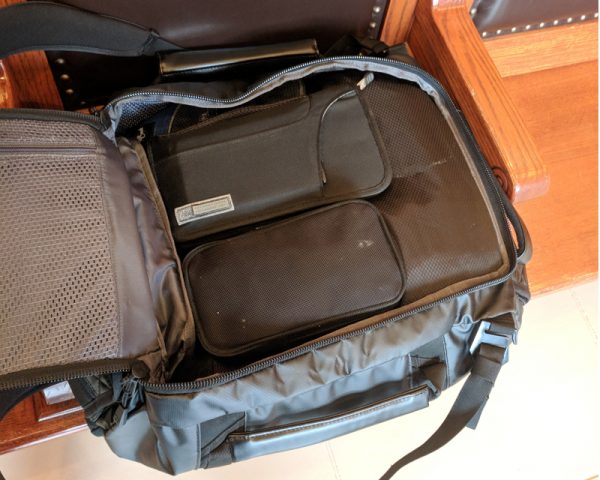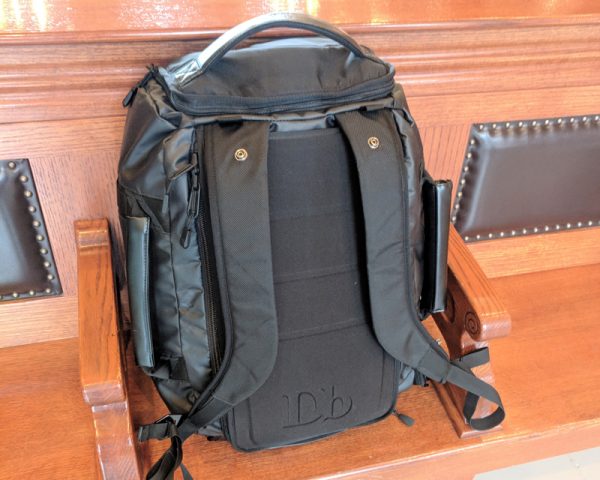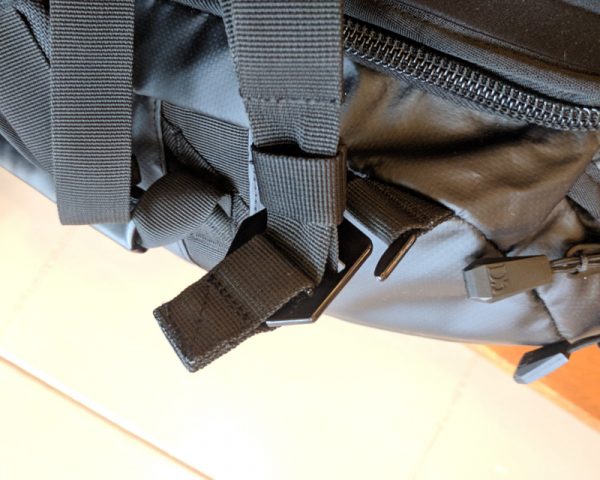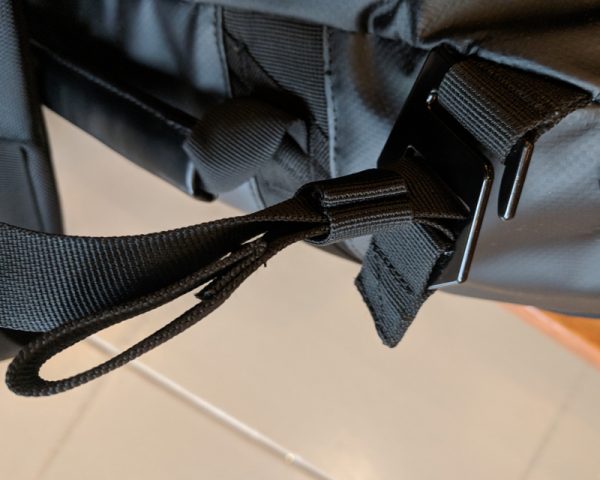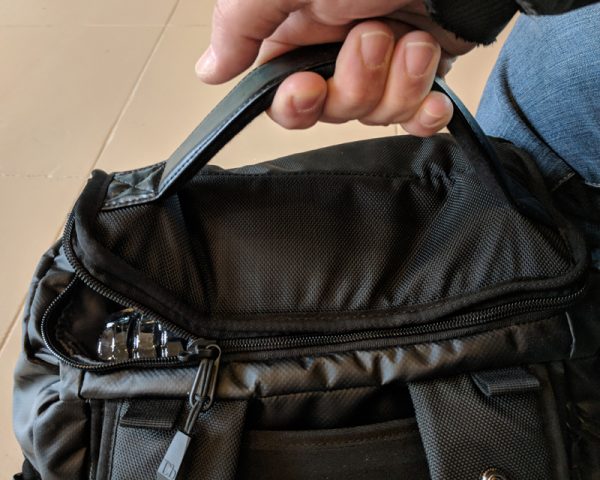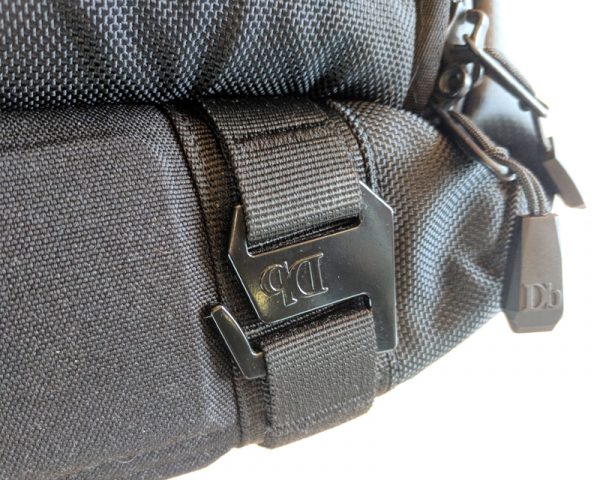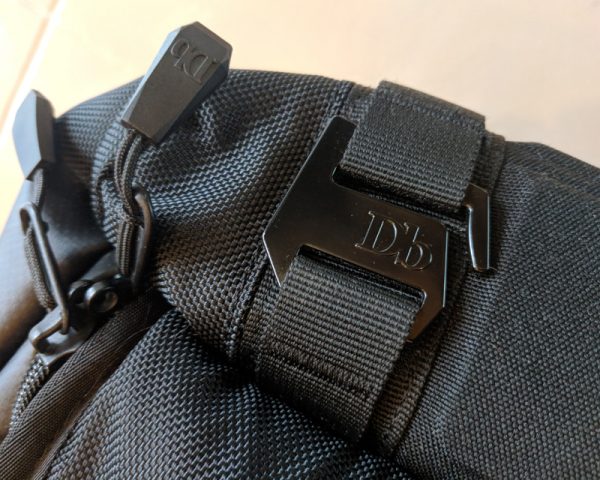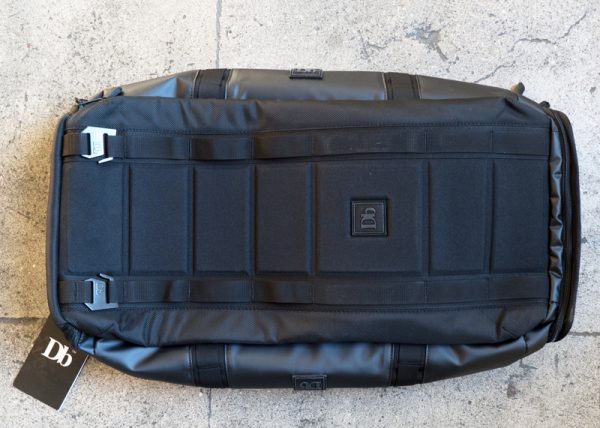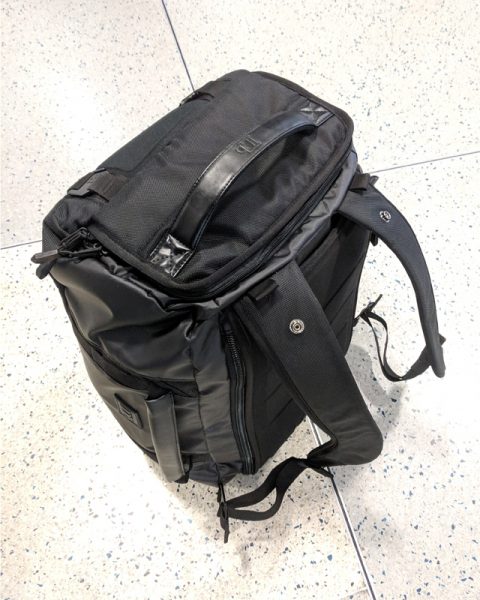The Gadgeteer Kid & I are true carnivores without a doubt. We love all kinds of cooked meat from steaks to fish and everything in-between. IMHO, grilling is a science and an art form with cooking everyone’s meal to perfection a stressful experience more often than not. Managing all the variables and people’s preferences is challenging, add a little alcohol and the odds of missing the mark goes up exponentially. Well, the engineers who developed the MEATER (the G.K. and I still chuckle @the name), the first truly wireless meat thermometer, aim to help you “achieve perfect and consistent results every time.”
Design and features
I have used several “wireless” thermometer probes for measuring the core temperature of what you’re trying to cook. They all had a metal braided cable stretching from the basestation to the sensor inserted into the meat that is sitting inside your barbecue or oven. Then the basestation transmitted the temperature data to your smartphone or other device meant to let you know the status of your food.
The MEATER is a truly wireless, dual sensor probe created with the sole job of helping you cook your food to perfection with the unwritten goal of boosting your grilling street-cred to Master BBQ’er.
Technical specifications
- Stainless steel construction
- Water resistant design, dustproof, and easy to clean
- Wireless up to 33 feet (10 meters): Bluetooth LE connection to your smart device
- MEATER Sense
 : 2 temperature sensors in 1 probe
: 2 temperature sensors in 1 probe - Internal temperature sensor range: 212°F (100°C)
- Ambient temperature sensor range: 527°F (275°C)
- Rechargeable Battery: Lasts 24 hours of continuous cooking between charges
- Dimensions 130mm x 7mm (6mm diameter)
The MEATER comes with a bamboo holder that securely keeps and recharges the wireless (easily misplaced) probe. There is a battery power level LED & button located on the front of the wooden holder.
There are two embedded magnets on either side of the back that enable you to place the wooden charger on most metal surfaces (aka the side of a refrigerator, stove, BBQ, etc).
The MEATER is powered by a single AAA battery and can charge your MEATER probe up to 100 times before needing to be replaced. The back cover is also held in place by two small embedded magnets.
The MEATER probe has to be inserted into the meat beyond the line machined into the metal casing to protect the main sensor from damage due to high temperatures.
The ambient sensor is meant to monitor the cooking temperature of the oven or BBQ. It is located in the black plastic end of the probe.
Along with creating a very easy to use, high quality device, the folks @MEATER have developed a very polished ecosystem/app to make cooking with the MEATER nearly foolproof. The MEATER’s Smart Guided Cook system walks you through every step of the cooking process. The app guides you thru the type, cut, and doneness of the meat.
The MEATER’s dual sensors continuously monitor internal and ambient temperatures concurrently. The app also gives you elapsed cooking time and estimated time remaining until your meal is ready to serve.
Then to walk you over the finish line, the app let’s you know when to pull the meat from the cooker, let it finalize it internal cooking (aka letting it rest), and when its ready to eat. The estimated cook time has been spot on…within 5 minutes or so. Not bad considering the roast took nearly two plus hours to cook.
Overall, the whole system is brilliant. I used the MEATER several times over the holiday season and every cook in the room loved it, we all geeked out. All of the were a bit jealous and seriously considering buying one ASAP. The agreed upon, most loved features of MEATER was it being truly wireless, with built-in internal and ambient sensors, and its ability to estimate cooking time so accurately.
The only real limitation of the MEATER is it’s range and lost connectivity. I wouldn’t even consider it a true negative just a known issue that needs to be worked around. You’re sticking a small under powered Bluetooth device into a metal box, it’s range is going to be pretty limited. I found both in the BBQ and oven, the range of the MEATER was approximately 10 feet but would quickly reconnect once back in range.
Positives
- Well made, thought out design
- Truly wireless
- Water resistant, dust-proof, easy to clean
- Built-in dual sensors
- Excellent app/ecosystem
Negatives
- Limited wireless range
Final thoughts
I would give the MEATER 5-stars if it weren’t for its limited range. The soon to be released MEATER BLOCK will hopefully take care of this limitation. That said, I love this device and in most, if not all circumstance would make an excellent tool for any and all grilling/barbecuing aficionados. The MEATER’s truly wireless, dual sensor design in concert with its Smart Guided Cook system makes cooking meat stress-free and nearly idiot-proof.
Price: $69.00
Where to buy: MEATER
Source: The sample for this review was provided by MEATER.





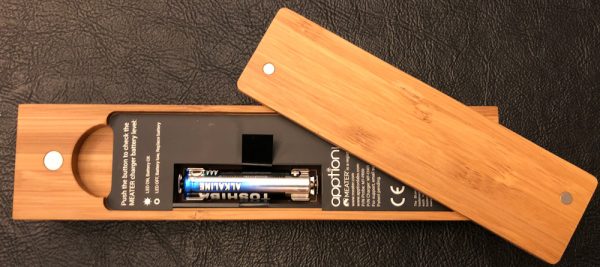


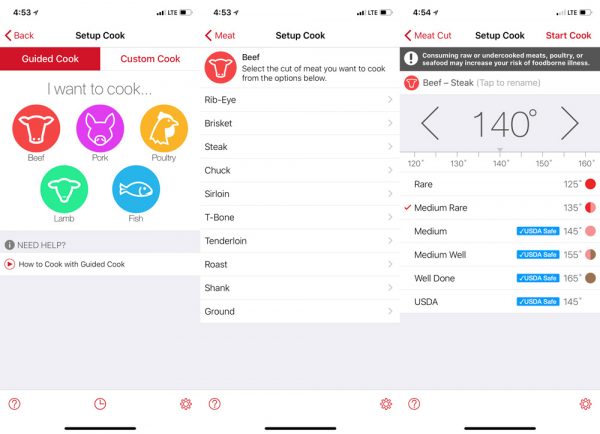
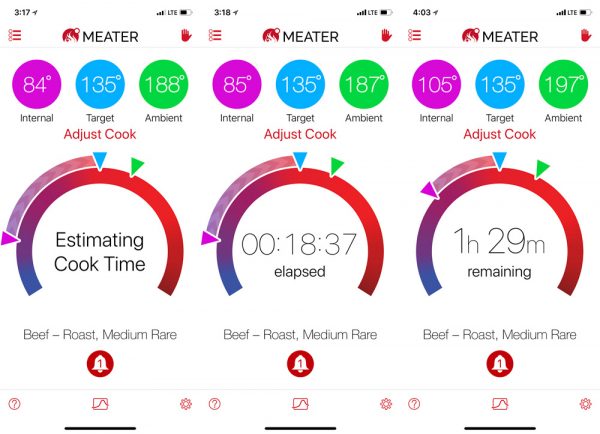
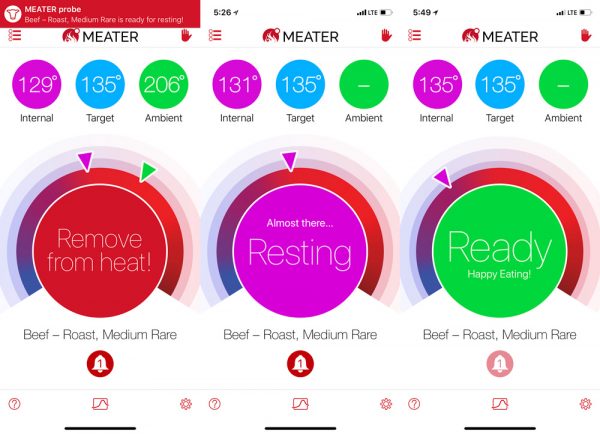


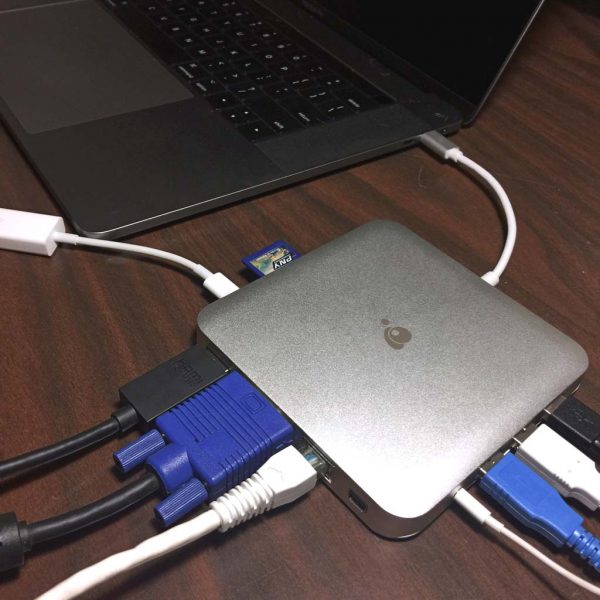
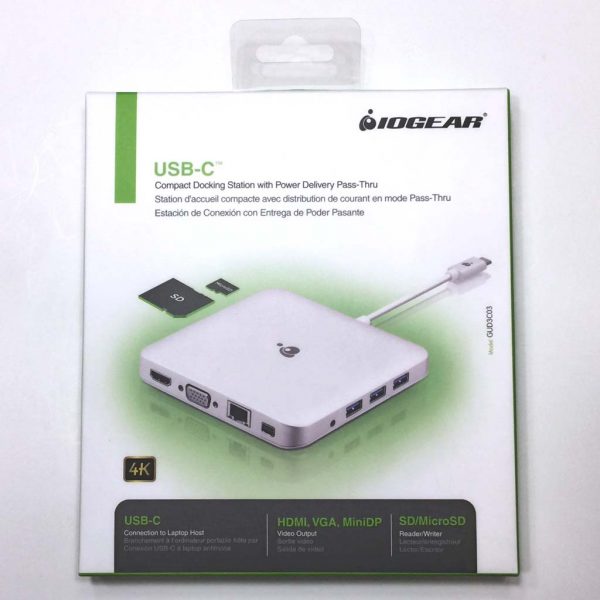
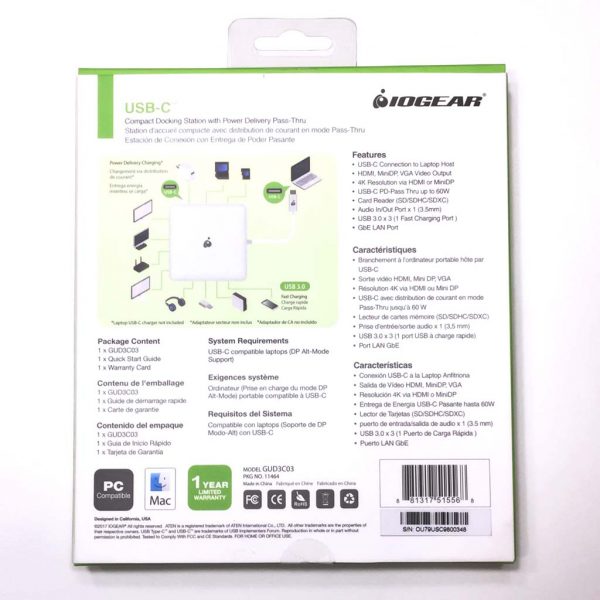
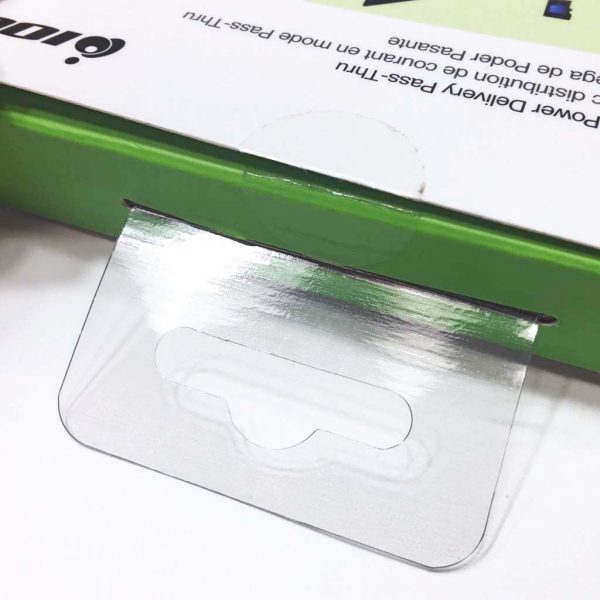
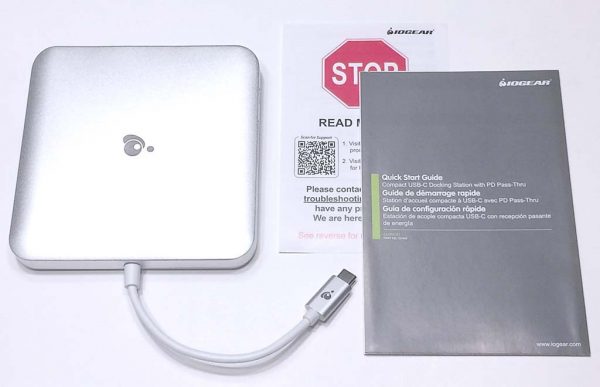
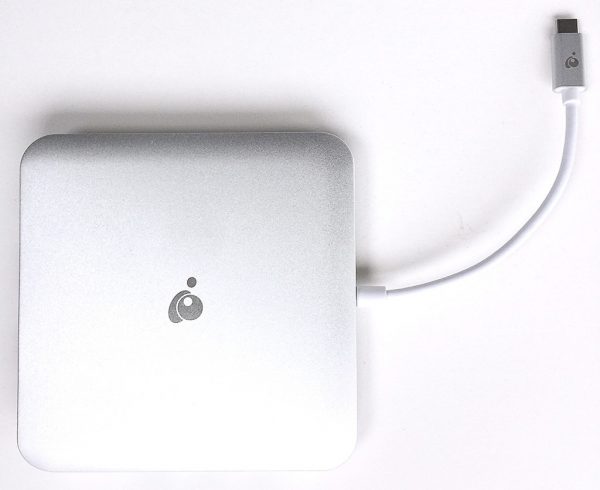
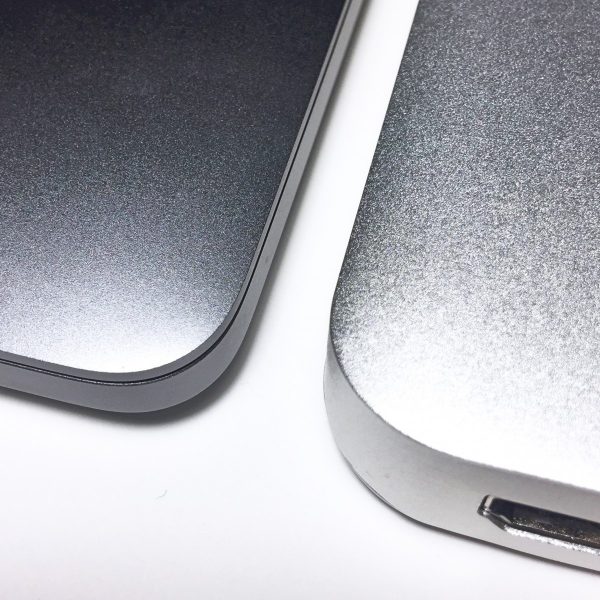
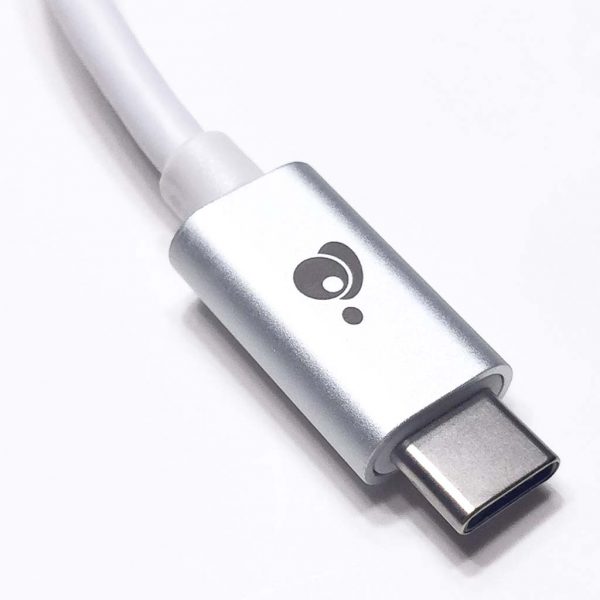
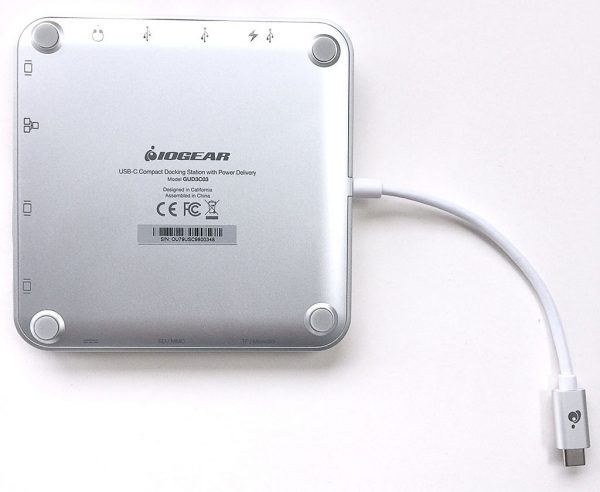
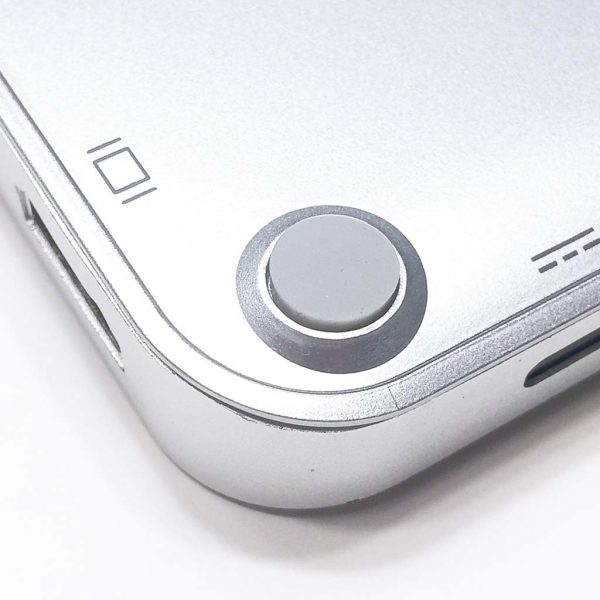
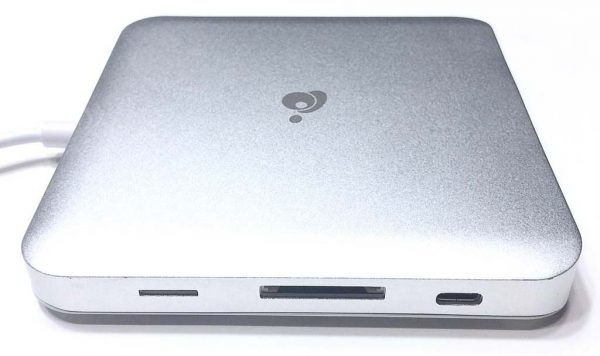 The Dock has ports on three sides (the USB-C docking interface cable that plugs into the laptop protrudes from the fourth side). The side depicted above has, from left to right, MicroSD card slot, standard SD card slot, and USB-C port. This single USB-C port is intended to plug your laptop’s power supply into, to enable Power Delivery Charging (PD Pass-Thru) while the Dock is connected to your laptop and in use, with up to 60W of charging power. Also, when you are away from home, the bus-powered Dock does not need a power supply to connect your devices.
The Dock has ports on three sides (the USB-C docking interface cable that plugs into the laptop protrudes from the fourth side). The side depicted above has, from left to right, MicroSD card slot, standard SD card slot, and USB-C port. This single USB-C port is intended to plug your laptop’s power supply into, to enable Power Delivery Charging (PD Pass-Thru) while the Dock is connected to your laptop and in use, with up to 60W of charging power. Also, when you are away from home, the bus-powered Dock does not need a power supply to connect your devices.